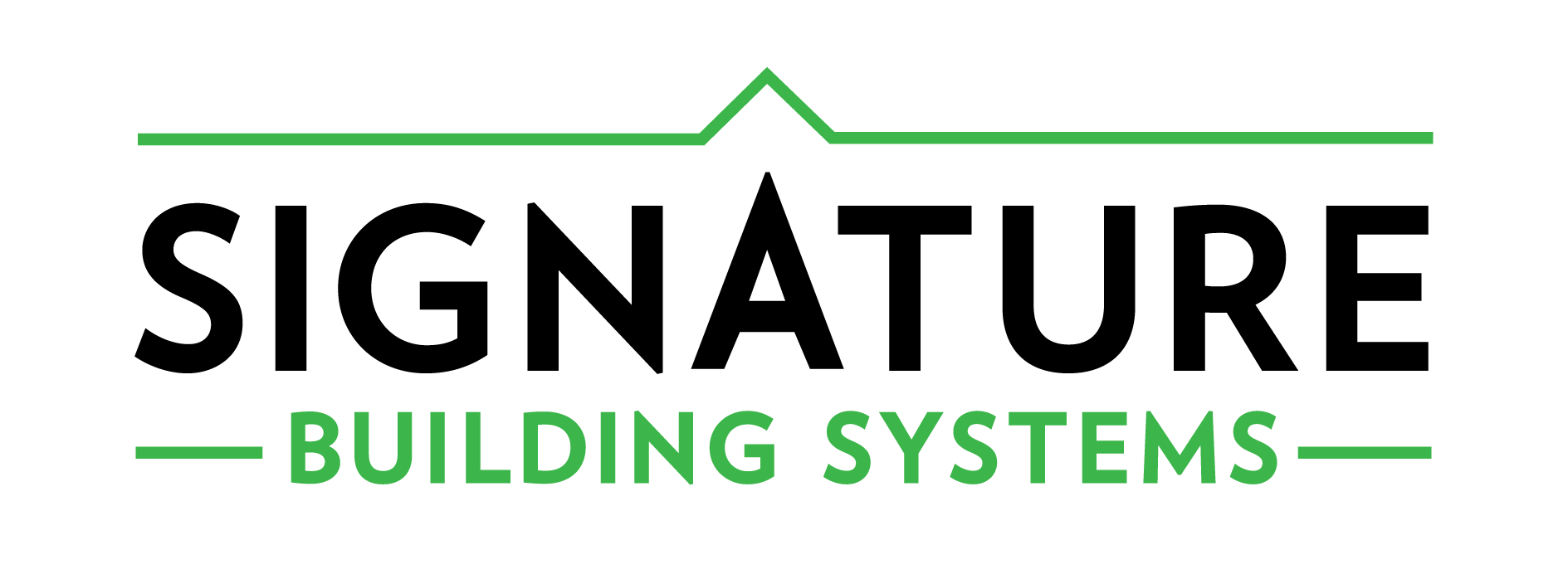Modular Homes vs Stick Built (Site Built)
Key Advantages of Modular Homes
Superior Build Quality
Factory labor is more consistent and closely supervised
Materials are stored in the factory and weather protected from the elements
Reinforced walls, ceilings, and floors are engineered to withstand transport and crane installation.
More lumber and fasteners are used to increase structural strength.
Faster Construction Timeline
Modular homes can be built in 1–2 weeks in the factory.
On-site installation typically takes an additional week.
Compared to traditional builds, this can shave months off your project timeline.
Cost Efficiency
Fewer weather delays means faster timelines.
Faster timelines mean lower labor costs and fewer interest payments.
Bulk factory purchasing and efficiencies reduce material waste and cost.
Homeowners often realize lower final costs than with stick-built homes.
Quality Control
Each module is individually inspected during production.
Construction standards are consistently met thanks to factory repetition.
Modular homes often exceed expectations for fit and finish compared to site-built alternatives.
Understanding the Difference
The term “stick-built” is commonly used to describe homes constructed on-site using traditional framing techniques. However, a more accurate term is “site-built”, referring to any home built entirely at the permanent location.
In contrast, modular homes are built off-site in a controlled factory environment, then transported and assembled on the foundation. While the construction methods differ, both types of homes must comply with the same local and state building codes, and both are inspected by local officials for code compliance.
Site built homes are subject to disruptions and weathering caused by precipitation and climate.
How Modular Construction Works
Modular homes are constructed section by section in a prefabrication facility, then transported to the site for assembly. These homes are not “mobile” or “manufactured” — they are permanent structures built to the same standards, state and local codes, as any traditional home.
Factory-based construction offers a number of advantages:
Climate-controlled environment prevents weather delays and material damage.
High quality employees and equipment ensures consistent quality.
Rigorous quality control occurs at every step of the process.
Every modular home is delivered with engineer-stamped drawings by a licensed Professional Engineer (PE), verifying compliance with local structural and safety codes — often exceeding what’s required of site-built homes.
Modular vs Site-Built: Financing
Most banks and lenders treat modular homes the same as site-built homes. Mortgage qualifications, appraisals, and interest rates are generally identical.
In many cases:
Designed properly, Modular homes cost less, making them more accessible to buyers.
Their durability and efficiency improve resale and appraisal value.
Shorter construction timelines reduce financial risk for lenders and borrowers.
Why Choose Modular?
Modular homes combine the precision of factory manufacturing with the strength, style, and code compliance of site-built homes — but with less hassle, fewer delays, and better value. Whether you're building a ranch, cape, two-story, or multifamily project, modular construction offers a smarter, faster, and often more affordable path to homeownership or development.


